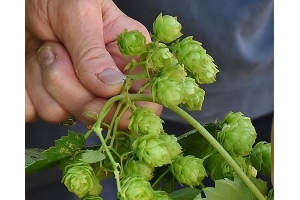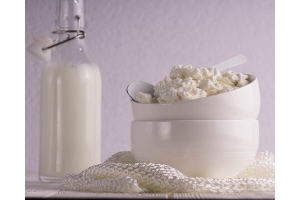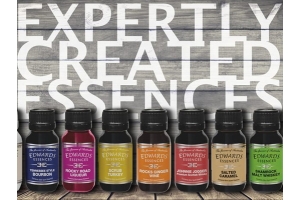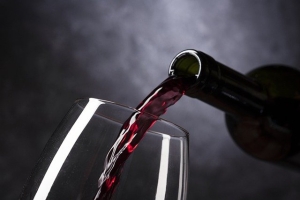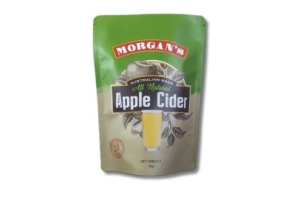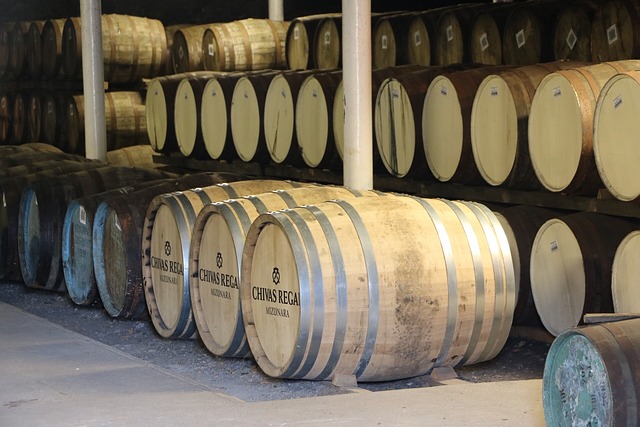
A total of 976 million bottles of organic wine are expected to be consumed in 2023, up 34% from 729 million bottles consumed in 2018,indicates research conducted by IWSR, the global benchmark for beverage alcohol data and intelligence. No doubt that Wine Making Supplies are in such a demand everywhere.
When it comes to leisure drinking or celebrating, wine is the first and foremost choice of the Millenials, which is supported by the statistics above.
Wine is a typical alcoholic drink made from fermented grapes. But have you ever thought of various nuances involved in the process of wine making? It’s an entire combination of multiple sciences & techniques ranging from chemistry, microbiology to the weather and geography. Enology is the term used for the study of wine and wine making.
The wine consumption is expected to increase in the next couple of years and the essential ins & outs of wine’s anatomy. But with growing popularity, there are high chances of propagation of false information and various myths among the regular wine consumers.
Let see the top 5 myths about wine making.
The Older, The Better!
It is one of the most common myths that older wine is better than the new wine. Aging a wine does not always make it better. In general,wine does improve with age but only to a certain extent. Different wines age differently. Thus, we cannot & must not always judge the excellence of a wine by its age. Age plays an important role but only up to a certain extent.
Home-Made Wine is Unfit for Drinking
The home-crafted wine is just as safe as your commercially produced wine. The same procedure of wine production is followed but on a smaller scale. The Brew Shop's wine kits offer an exciting gateway into the world of wine making from the comfort of your home. With a diverse selection catering to both novice enthusiasts and seasoned connoisseurs, these kits provide everything needed to craft exceptional wines without requiring prior experience. Each kit typically includes high-quality grape juice concentrate sourced from renowned wine regions, along with yeast, clarifiers, and stabilizers. The meticulous attention to detail ensures that every step of the wine making process is straightforward and rewarding. For beginners, The Brew Shop's starter kits offer simplified instructions and essential equipment, making it easy to produce a delicious batch of wine within a few weeks. Advanced options feature premium ingredients for those seeking to refine their palate and explore complex flavors. Beyond the convenience and quality, these kits offer a fulfilling experience of craftsmanship and appreciation for the art of wine making. Whether you're looking to create a special vintage for an occasion or simply enjoy the satisfaction of homemade wine, The Brew Shop's wine kits provide an accessible and enjoyable way to delve into this timeless tradition.
Sydney is prominent for its rich density of quality breweries. Not only large industries but brewpubs, cuckoo brewers, and diversity in nano-brewers is what makes the phrase Beer making Sydney real.
If you follow the proper procedure, your homemade wine will taste as good as or even better than the commercially produced one.
Oak flavor comes from the Barrels OnlyOak Barrels are essential elements of wine making, which are often thought to be the reason for the delicious, smoky, and vanilla-scented aromas in our wines. However, apart from barrel-aging, there are several ways in which we can add the oaky flavor to the wine.
Oak chips, primarily in the form of a giant tea-bag, can be used to attach the oak flavor to the wine. Similarly, we can use Oak Staves by inserting them in the tanks.
Apart from Oak chips & staves, liquid oak additives also exist, which are, however not much effective in comparison to the former.
Punch down Is Better than Pump overThe harvested grapes are de-stemmed into fermentation bins. During fermentation, the skins and the berries will float up to the top because of the CO2 produced by the yeast while the grapes are fermenting.
We must ensure the surface is kept in contact with the juices to extract maximum flavor and the best colors. This process is called “punch down.” Another method, called pump over is nothing but the pumping of juices from the base of the barrels to the top to keep the skin intact for extracting maximum flavors.
Over squeezing can lead to the extraction of bitter and undesirable compounds. Thus, punch-down may not be the best practice involved in wine making.
A Screw-Top: An Indicator of Low-Quality WineSince the 17th-century corks have been used to close the bottles of wine,corks are considered traditional and may even look classy topping the lavish wine bottle, but corks are not always the best choice.
Winemakers use screw-tops to avoid cork contamination, which is prevalent in the case of using corks. The screw-tops are less likely to be damaged and less prone to contamination keeping the freshness of wine intact at the same time.
Even though the production of wine is an age-old process, yet it passes through stereotypes, myths & misconceptions which are formed over a period that musted be busted. Even the wine industry is partially responsible for piling up such myths.
Nevertheless, we’ll keep busting myths. Till then, you can savor your wine. Cheers!

